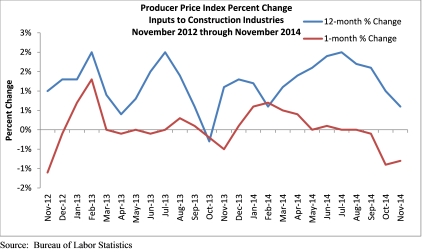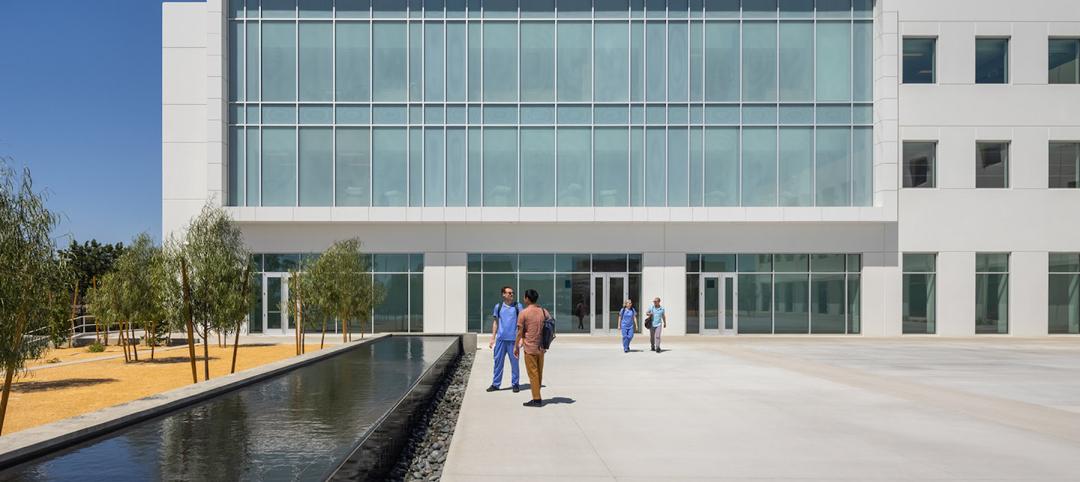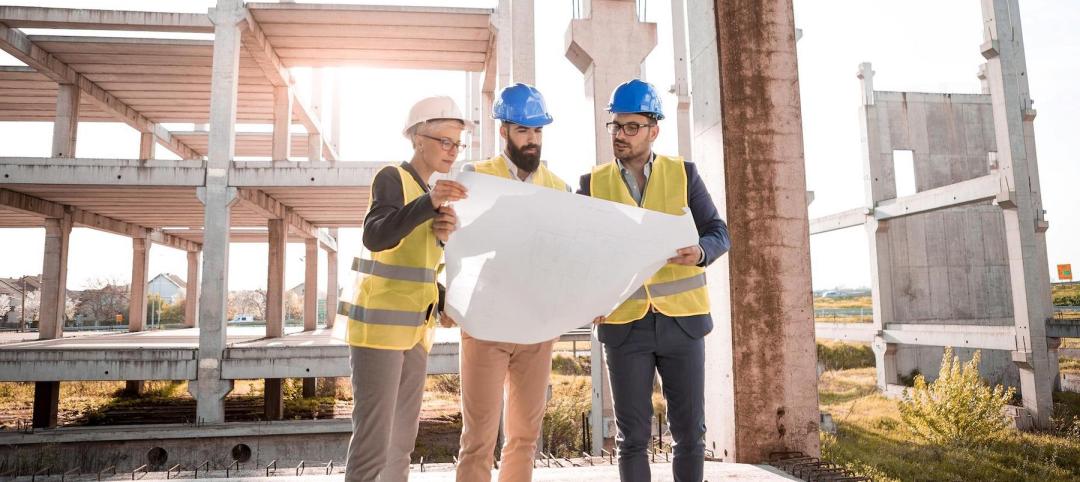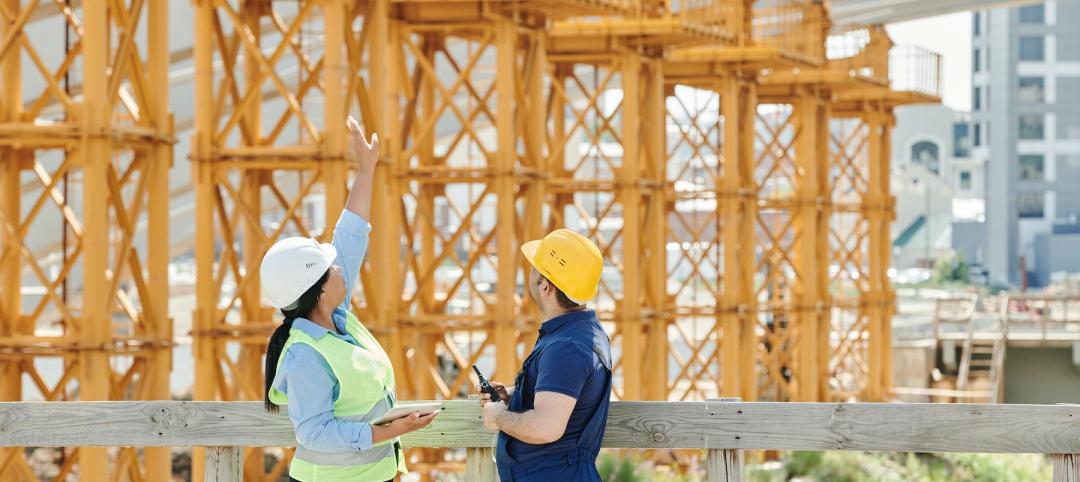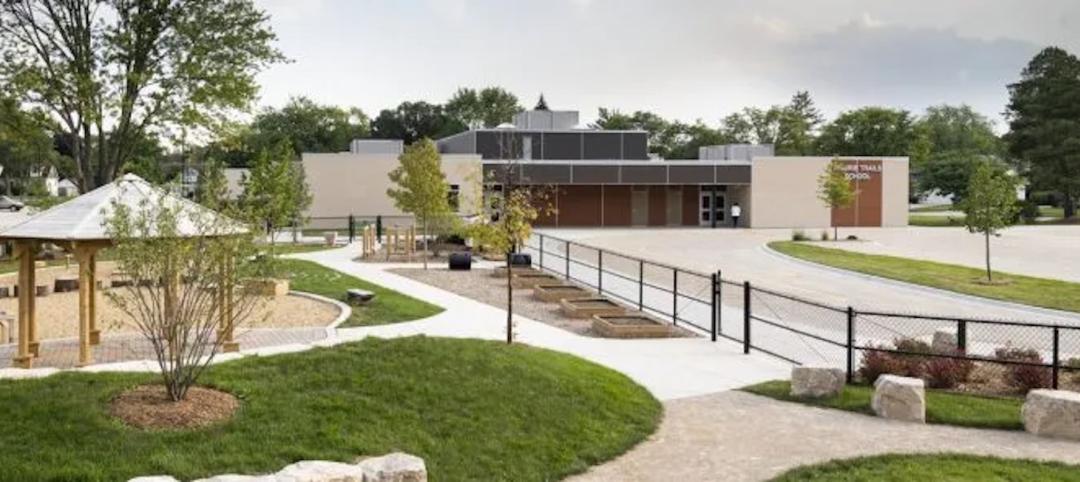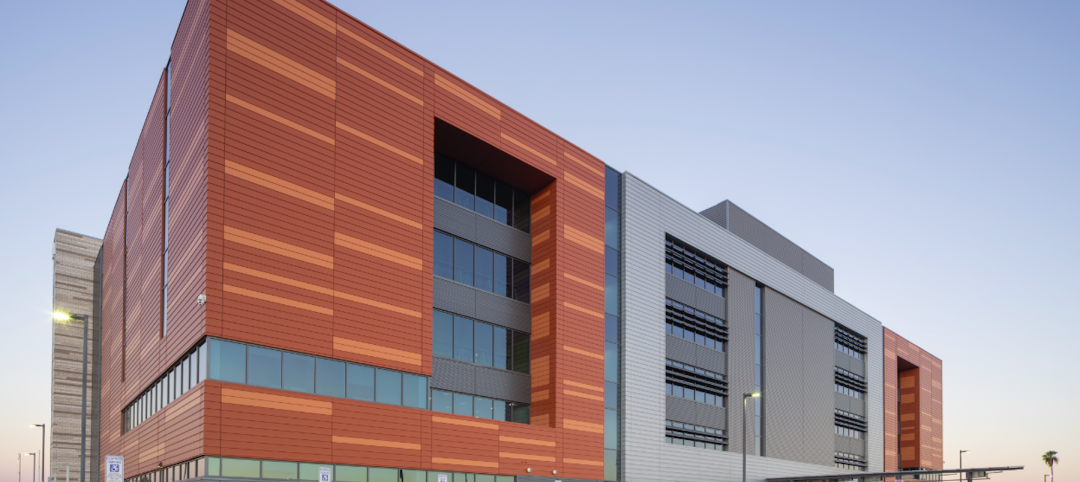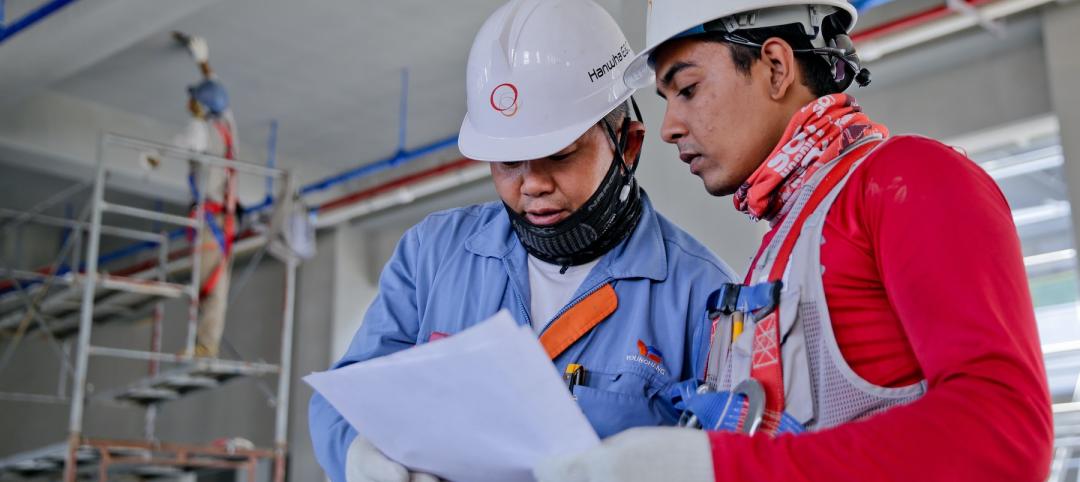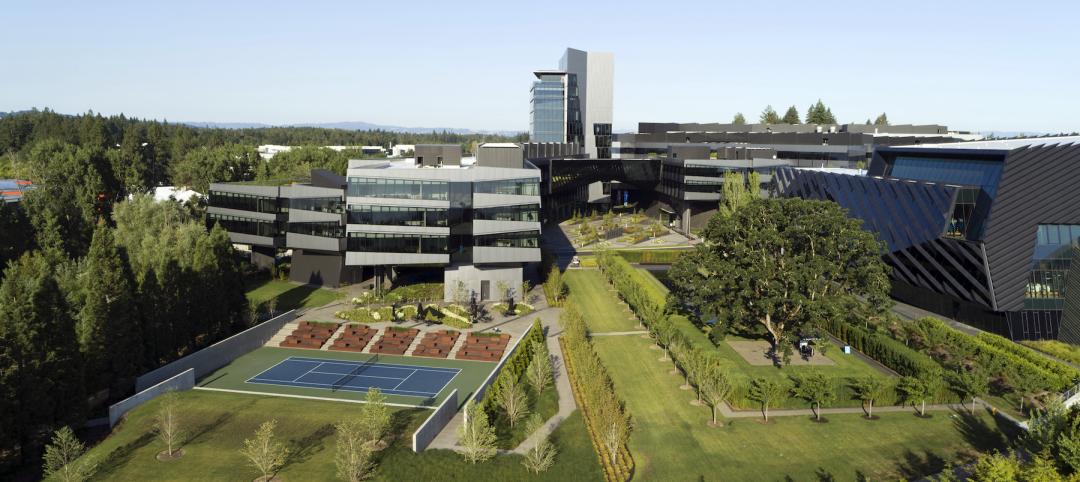Construction input prices dipped 1.4% during the final month of 2014 and are down nearly 1% on a year-over-year basis, according to the Jan. 15 producer price index release from the U.S. Department of Labor.
Inputs to nonresidential construction fell even further, down 1.7% for the month and 1.9% year over year. December's report marks the sharpest decline in input prices since late 2008 during the global financial crisis and the fifth consecutive month construction materials prices have failed to rise.
"Without question, financial markets have been unnerved by the recent declines in oil, copper and other commodity prices, although that jitteriness does not necessarily imply a serious economic problem in America," said Associated Builders and Contractors Chief Economist Anirban Basu. "The fact is the U.S. economy has performed handsomely over the past nine months, according to most metrics, and conventional wisdom suggests that it can continue to expand at or above trend rates of growth despite economic weakening in Europe, China and elsewhere. This is further evidenced by the World Bank's recent downgrade of its forecasts for global growth in 2015 and 2016, while it upgraded its outlook for the United States.
"Overall, the view that U.S. domestic demand for construction services and most other services continues to expand is consistent with the fact that some domestically produced and consumed materials actually registered price increases last month," said Basu. "Note that concrete prices are up by 5% on a year-over-year basis while natural gas prices are up by 10%."
The following materials prices increased in December:
• Prices for plumbing fixtures expanded 0.1% in December and are up 3.1% on a year-over-year basis.
• Concrete products prices expanded 0.7% in December and are up 5% on a yearly basis.
• Natural gas prices expanded 19.7% in December and are 10% higher than one year ago.
• Fabricated structural metal product prices grew 0.3% for the month and have expanded 1.5% on a year-over-year basis.
• Seven of the 11 key construction inputs did not experience price increases for the month.
• Iron and steel prices fell 1% in December and are down 3.9% from the same time last year.
• Nonferrous wire and cable prices fell 1.6% on a monthly basis and 1.5% on a yearly basis.
• Prices for prepared asphalt, tar roofing, and siding fell 1% for the month but are up 1.9% on a year-ago basis.
• Steel mill products prices fell 1.3% for the month but are 0.4% higher than one year ago.
• Softwood lumber prices fell 1.3% in December but are 0.3% higher than one year ago.
• Crude petroleum prices fell 18.9% in December and are down 37.1% from the same time last year.
• Crude energy materials prices fell 4.7% in December but are 19.6% lower year-over-year.
Related Stories
Codes and Standards | Aug 3, 2022
Some climate models underestimate risk of future floods
Commonly used climate models may be significantly underestimating the risk of floods this century, according to a new study by Yale researchers.
| Aug 3, 2022
Designing learning environments to support the future of equitable health care
While the shortage of rural health care practitioners was a concern before the COVID-19 pandemic, the public health crisis has highlighted the importance of health equity in the United States and the desperate need for practitioners help meet the needs of patients in vulnerable rural communities.
Reconstruction & Renovation | Aug 3, 2022
Chicago proposes three options for Soldier Field renovation including domed stadium
The City of Chicago recently announced design concepts for renovations to Soldier Field, the home of the NFL’s Chicago Bears.
Codes and Standards | Aug 2, 2022
New tools help LEED projects reach health goals
The U.S. Green Building Council now offers tools to support the LEED Integrative Process for Health Promotion (IPHP) pilot credit.
Market Data | Aug 2, 2022
Nonresidential construction spending falls 0.5% in June, says ABC
National nonresidential construction spending was down by 0.5% in June, according to an Associated Builders and Contractors analysis of data published today by the U.S. Census Bureau.
K-12 Schools | Aug 1, 2022
Achieving a net-zero K-12 facility is a team effort
Designing a net-zero energy building is always a challenge, but renovating an existing school and applying for grants to make the project happen is another challenge entirely.
Healthcare Facilities | Aug 1, 2022
New Phoenix VA outpatient clinic is one of the largest veteran care facilities in the U.S.
The new Phoenix 32nd Street VA Clinic, spanning roughly 275,000 sf over 15 acres, is one of the largest veteran care facilities in the U.S.
Codes and Standards | Jul 29, 2022
Few projects and properties are being built beyond code
Clients and architects disagree on how well building to code provides resilience, according to a recent report by the American Institute of Architects (AIA) in partnership with Owens Corning.
Headquarters | Jul 29, 2022
Nike HQ’s newest, largest structure: the Serena Williams Building
In Beaverton, Ore., the new Serena Williams Building, at just over 1 million square feet, is the largest structure at Nike World Headquarters.
| Jul 28, 2022
Fanning Howey hires Dennis Bane, AIA, as Project Executive
Fanning Howey, an architecture, interiors and engineering firm specializing in learning environments, has hired Dennis Bane, AIA, ALEP, to serve as a Project Executive for the firm’s Indianapolis office.


